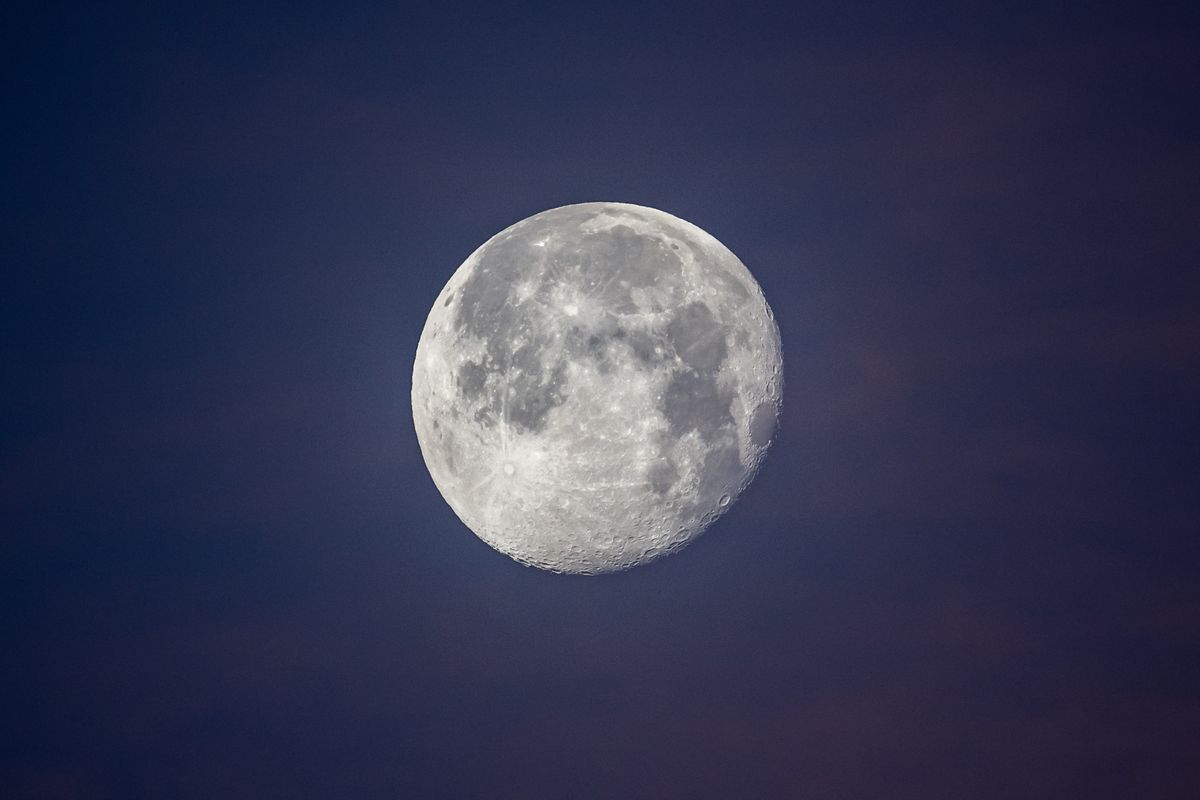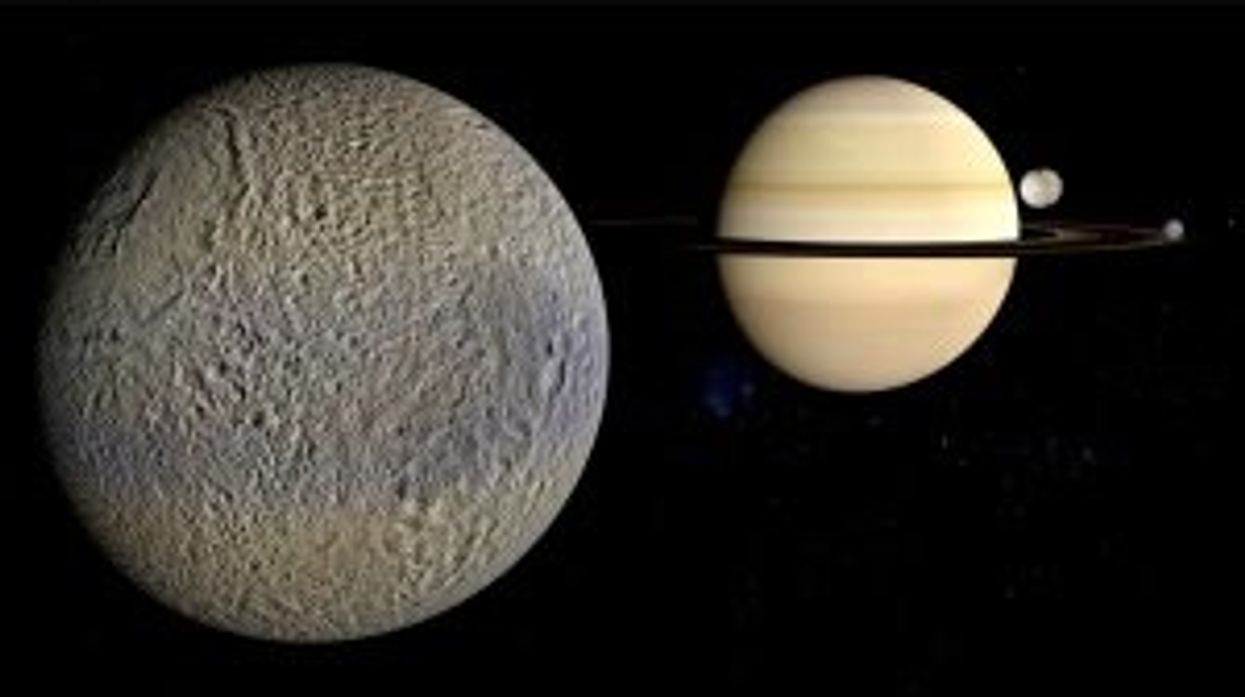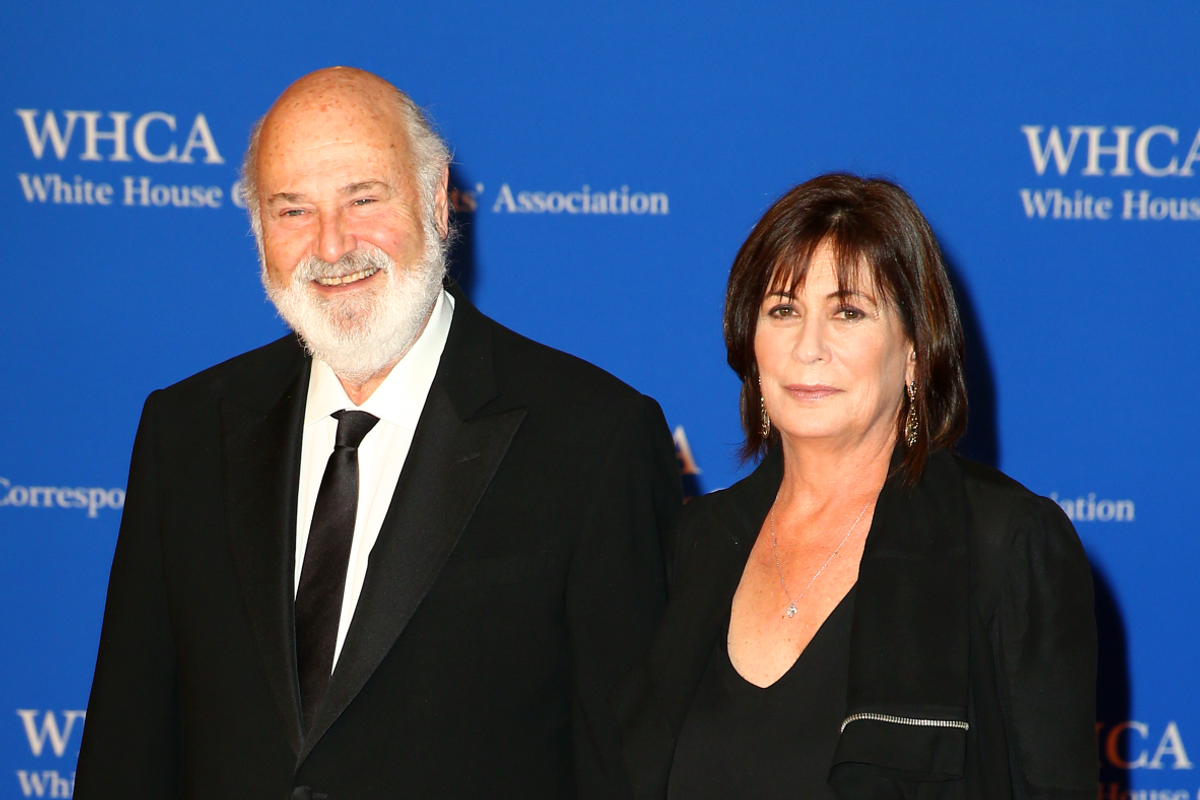Science & Tech
Sinead Butler
Nov 14, 2024
Saturn’s Moon Is Ejecting Massive Amounts of Gas That Could Be Biological …
ZMG - Amaze Lab / VideoElephant
It may be part of the night sky we look up at each night, but the moon's origins remain a mystery that has left scientists scratching their heads for centuries.
Back in the 80s, experts thought the moon was a result of an explosive collision with the protoplanet Theia - but a new study indicates this may not be the case.
Researchers from Penn State University believe the moon started as one part of a 'terrestrial binary', a pair of rocky objects orbiting one another. When one of the rocks got within Earth's gravitational force it was pulled into orbit in a process known as binary-exchange capture, while the other rock was launched out into space.
"No one knows how the moon was formed," said lead researcher Professor Darren Williams. "For the last four decades, we have had one possibility for how it got there. Now, we have two."
So what was the previous theory?
There was a consensus on this topic among scientists at the Kona Conference in Hawaii in 1984.
Upon studying 800lbs (363kg) of lunar material taken back by NASA's Apollo missions, the analysis discovered the moon had a similar (but not the same) chemical composition to Earth and this finding made the theory popular.
With this in mind, it was concluded the moon was created when debris was knocked loose when a celestial body hit Earth.

However, this theory isn't foolproof as Professor Williams and his co-author noted how the moon should be orbiting above the equator if it has been moulded into a sphere from a ring of debris.
But given that the moon's orbit is actually around seven degrees away from the equatorial plane, this isn't the case.
This is where experts turn to binary-exchange capture, which implies Earth pulled in one of the two rocks as they were passing by and Professor Williams references Triton, Neptune's largest moon to reaffirm his point.
The theory claims that one in 10 objects from the Kuiper Belt are thought to be a binary, which is where Triton was pulled into Neptune.
One factor that Triton and our moon share is that both orbit at a tilted angle - for Triton that's 67 degrees away from the planet's equator.
Is this binary-exchange capture theory really possible?
It seems the math adds up to this being a possibility with our moon too with scientists specifically working out that Earth may have captured an object between one and 10 per cent of its total mass.
Furthermore, their findings from the study published in The Planetary Science Journal conclude our moon is within this range being 1.2 per cent of the Earth's mass.
(Though it should be noted that the planetary binary would have had to have passed within just 80,000 miles (128,750km) of Earth at a speed below 6,700 miles per hour (10,800km), which is fairly slow all things considered).
Upon arrival, despite the leisurely speed this wouldn't have stopped the moon's orbit from being elliptical but tidal forces would have impacted its development.
It is thought the tides would have been falling behind the moon's speedy orbit around our planet but would've slowed down this orbit thanks to deploying its gravitational pull.
Now imagine this over thousands of years, as a result, it would develop the orbit into being the regular and circular one we're familiar with today.
"Today, the Earth tide is ahead of the Moon, high tide accelerates the orbit," Professor Williams said. "It gives it a pulse, a little bit of boost. Over time, the Moon drifts a bit farther away."
The moon is drifting around 3cm further away every year due to being further out of the Sun and Earth's pull.
What have the experts concluded?
One positive from this particular theory is it provides an explanation in regards to the moon's tilted orbit and also justifies why particular isotopes are found on the moon and with us down here on Earth.
However, this theory requires several "implausible events" happening at once - so pretty tricky for experts to prove.
That being said, Professor Williams believes binary exchange capture is a feasible possibility that should be further studied and explored.
Especially since researchers reckon planetary binaries were possibly more common in the early solar system and could have plausibly gone on to create the moon.
"This opens a treasure trove of new questions and opportunities for further study," Professor Williams concluded.
How to join the indy100's free WhatsApp channel
Sign up to our free indy100 weekly newsletter
Have your say in our news democracy. Click the upvote icon at the top of the page to help raise this article through the indy100 rankings.
Top 100
The Conversation (0)














